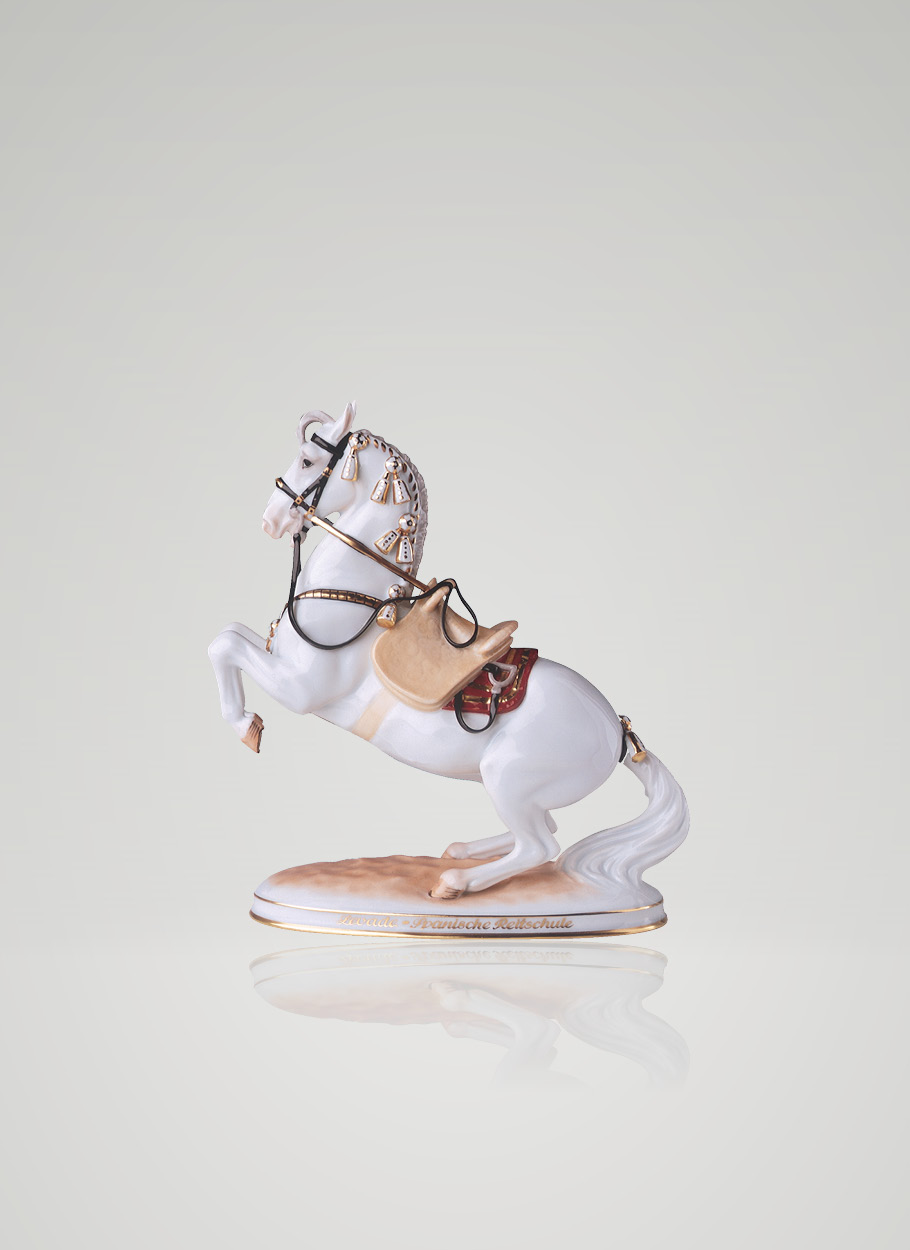Geschichtlich reichen die Wurzeln der spanischen Hofreitschule in Wien bis in das 16. Jahrhundert. Die Pläne für die Stallburg, ein Juwel der Renaissancebaukunst in Wien lagen bereits 1559 vor. Immer wieder wurden sie umgestaltet, denn eigentlich war sie als Residenz für Kaiser Maximilian gedacht. Er zog es aber vor in der alten Hofburg zu wohnen. So bekamen die edlen weißen Pferde ihre eigene Burg. Das Hofgestüt Lipizza bei Triest wurde von Erzherzog Karl II. 1580 gegründet, dorthin ließ er spanische Pferde und arabische Berberpferde bringen, die als besonders gelehrig galten, um sie für seine Zwecke zu züchten. Als 1683 die Türken Wien belagerten zerstörten sie einen Großteil der bereits neuen „Reitschule auf dem Tumblplatz bei der Purkgh“, deren Gründung 1565 in einem Dokument festgehalten ist. Wieder errichtet im prächtigen Stil des Barock von Joseph Emanuel Fischer von Erlach zeigt sich die Reitschule auch heute noch.
Die Ursprünge dieser außergewöhnlichen Dressur Reitkunst selbst liegen im militärischen Bereich. Später hat der Adel seine kostbaren Pferde zur Schau gestellt um sich unter Gleichgesinnten aber auch in der Damenwelt zu präsentieren. Bis ein Pferd diese hohe Kunst der Dressur beherrscht, vergehen viele Jahre, denn erst im Alter von vier Jahren werden sie an diese Arbeit gelernt und sind im Alter von 10 Jahren mit der Ausbildung fertig. Wie ein Ballettensemble tanzen die weißen Pferde, die als schwarze Fohlen zur Welt kommen und erst im Lauf der ersten Lebensjahre weiß werden. Ein Hengst darf gerne schwarz (oder dunkelbraun) bleiben, denn der soll Glück bringen!
Die leichten und spielerischen Bewegungen mit ihrer besonderen Eleganz waren Inspiration für die Porzellanmanufaktur Augarten. Pferde haben für die Künstler der Porzellanmanufaktur im Allgemeinen einen großen Reiz, neben den Statuetten der Spanischen Reitschule entstehen auch naturalistische Pferdefiguren wie der steigende Araberhengst oder das barocke steigende Pferd. Die Herstellung der Porzellanpferde erfordert viel Erfahrung mit dem Material Porzellan aber auch künstlerisches Geschick. Da die Figuren aus mehreren Teilen bestehen – ein Spanischer Reiter aus bis zu 70 Einzelteilen – muss der Porzellanformer diese gießen und noch feucht mit Porzellanschlicker garnieren (wie der Fachterminus für das Zusammenkleben lautet). Erst dann folgt der erste Brand, die Glasur, der Glattbrand und die naturalistische Malerei.
Bei der Levade erhebt sich das Pferd mit seinem gesamten Gewicht auf seine Hinterbeine und zieht die Vorderbeine an seinen Körper an. Der Winkel zwischen Rumpf und Boden beträgt weniger als 45 Grad. Sie gilt als eine der wichtigsten Übungen der klassischen Reitkunst und zählt zu den "Schulen über der Erde" wie sie in der Spanischen Hofreitschule in Wien ausgeübt wird. Sie kann auch als Vorbereitung zu den Schulsprungen eingesetzt werden.

